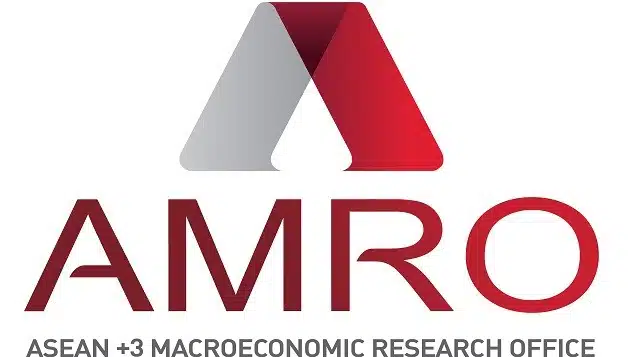KUALA LUMPUR, July 11 — The Asean+3 Macroeconomic Research Office (AMRO) has maintained its short-term growth forecast for the Asean+3 region at 4.6 per cent this year, up from 3.2 per cent last year.
In its quarterly update of the Asean+3 Regional Economic Outlook, it said although the ongoing weakness in global trade has prompted a slight reduction in the Asean growth forecast for 2023 to 4.5 per cent from last April’s projection of 4.9 per cent, this will be offset by improving prospects in the Plus-3 economies.
“In China, economic activities rebounded strongly in the first quarter of 2023 after the post-pandemic reopening late last year. Investment activities, previously disrupted by pandemic restrictions, have also picked up pace,” said chief economist Hoe Ee Khor in a virtual media briefing today.
The growth forecast for the Plus-3 economies has been raised slightly to 4.6 per cent from 4.5 per in April, reflecting the stronger inbound tourism and domestic demand in Hong Kong and Japan.
“At the same time, the growth forecast for Asean has been revised downward to 4.5 per cent from 4.9 per cent in April, reflecting the impact of weaker external demand on Singapore and Vietnam. Growth is expected to ease slightly to 4.5 per cent in 2024,” he shared.
Hoe pointed out that Asean+3’s recovery is now riding on resilient demand within the region.
“Recovering labour markets and falling inflation, along with steadily growing intra-regional tourism, are helping to cushion growth against sluggish external demand that is dampening the region’s exports.
“Inflation has decelerated across most of the Asean+3 economies due to easing global commodity prices and normalising supply chains, allowing many of the region’s central banks to pause or ease the pace of monetary tightening. This, in turn, is bolstering consumption,” he said.
In the absence of new shocks, the region’s export performance may soon be turning a corner whereby the turnaround in the global semiconductor cycle, which is likely to begin later this year, would be a bright spot for many of the region’s exporters.
Pent-up demand from a higher number of returning Chinese tourists would also provide an additional lift to growth.
On another note, Hoe said Asean had revised its 2023 inflation forecast for the region — excluding Laos and Myanmar, to 3.0 per cent, slightly lower than its previous forecast of 3.4 per cent and from 4.1 per cent in 2022.
“Some of these economies, such as the Philippines and Singapore, will continue to see headline inflation above five per cent this year due mainly to higher domestic costs pressures.
“In 2024, headline inflation for the 12 Asean+3 economies is expected to moderate further to 2.4 per cent. In contrast, headline inflation in Laos and Myanmar has been revised upward to around 25 per cent to reflect the lingering effects of sharp currency depreciation in both economies,” he said.
AMRO, however, warned against several risks lingering on the horizon for the region’s growth, among them, the threat of recession in the United States and Europe, while lower now than three months ago, cannot be fully dismissed.
Besides that, in the short term of up to a two-year period, the spike in global commodity prices and faltering economic growth in China could be the downside risks to the growth projection for the region.
“Ongoing geopolitical developments will continue to drive supply dynamics, despite the easing of global commodity prices since last year. Global energy and food prices could spike again as the Ukraine crisis continues to unfold with the potential for dangerous escalation.
“As for China, despite the initial burst of economic activity post-reopening, the projected robust recovery may not materialise if households become more cautious in spending, real estate weakens further, and export demand remains sluggish,” Hoe said.
If China’s growth falls short of expectations, the region will suffer negative spillovers via trade, investment, and tourism.
As for now, he highlighted that downside risks to the region’s outlook have receded since April, but it is not out of the woods yet.
“Heightened financial stress from tighter US monetary policy is a risk that the Asean+3 policymakers must continue to guard against,” Hoe added.
AMRO is an international organisation established to contribute toward securing macroeconomic and financial resilience and stability of the Asean+3 region, comprising 10 members of the Association of Southeast Asian Nations (Asean), China/Hong Kong, Japan and Korea.
AMRO’s mandate is to conduct macroeconomic surveillance, support regional financial arrangements, and provide technical assistance to the members. In addition, it also serves as a regional knowledge hub and provides support to Asean+3 financial cooperation.
— Bernama





